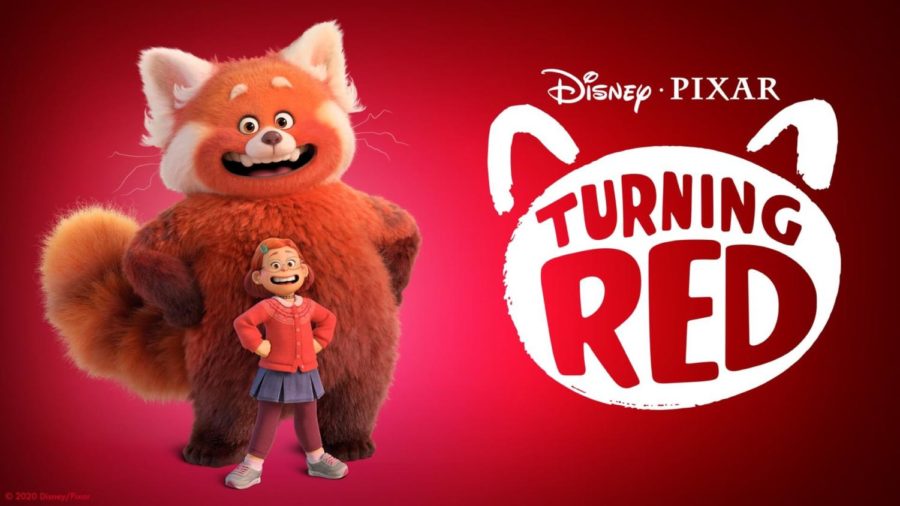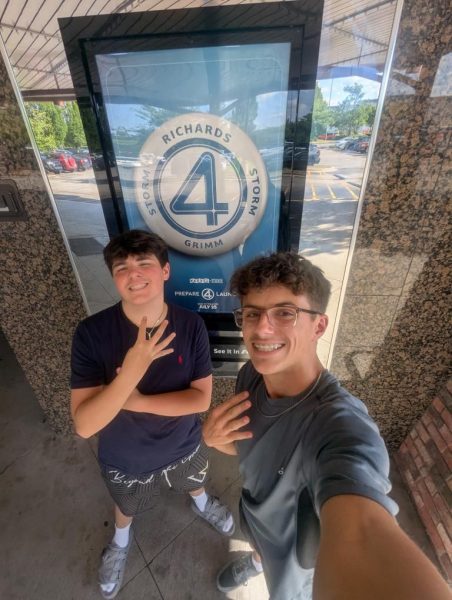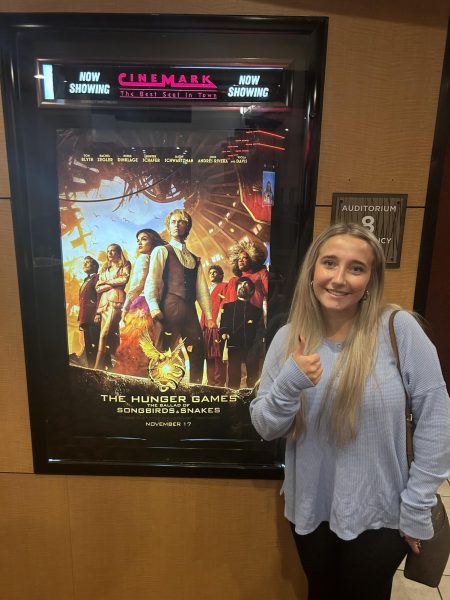The positives of Turning Red
New Disney Pixar movie, “Turning Red” was released on February 21, 2022.
Disney Pixar’s movie, “Turning Red” has given a brand new outlook into teens for audiences around the world. The story is introduced with a 13-year-old girl, named Mei Lee. Similar to most teens, Mei Lee is presented with many problems when going through puberty. Although, when Mei is overly excited, she turns into a fluffy red panda. As she tackles these problems, Mei Lee’s mom, Ming, consistently tries to stick close and help Mei. For this reason, Mei has a dilemma in finding her way to control her red panda and obeying her mother’s duties. With the similar aspects of most teens and puberty, Mei’s story in finding the right balance in her life, made many intrigued into watching.
Representation in Turning Red
Furthermore, many immigrant children have found this movie relatable to what they deal with as they grow up as teens. From the ideas portrayed of always trying to please their parents, maintaining good grades, and balancing their own schedule with friends, many believe that Turning Red helps bring more representation into mainstream movies.
”I could relate to the movie because it really resonates to first-generation Asian Americans. When I was younger, I also had traditional parents that expected a lot for me. Even though they expected way too much from us, once they started to warm up to us it was a healthier relationship,” said Serena Nguyen (11).
Compelling Story
Likewise, many people had great opinions behind the overall progression of the plot in finding a solution to Mei’s problems. This is because many believed that the characters and the meaning behind each individual was a significant key factor in leading the story in a funny and enjoyable way. From characters like Mei, Miriam, Priya, Abby, Jin, and Ming, it brought in an entertaining cast to the story. For example, the development of characters like Ming and Mei, brought in a new aspect of understanding between parents and their children when dealing with contrasting views in growing up. Therefore, when they finally see eye-to-eye on each other’s perspectives of the panda, they both grew as a whole.
“My favorite part was around the end when Meilin’s family were deciding whether or not to keep their red panda or not. I thought it was a very heart touching moment and that the scenery was pretty,” said Naomi Huichapa (11).
Should you Watch it?
Even though, Turning Red gives a broader view into the life of immigrant children that deal with balancing their lives with friends and family, Turning Red can still give you a relatable experience for most of us who are teens or were once teens. So, whether or not you do like Turning Red, we should all respectfully acknowledge the development of representation and it’s entertaining storyline for Disney Pixar movies.







